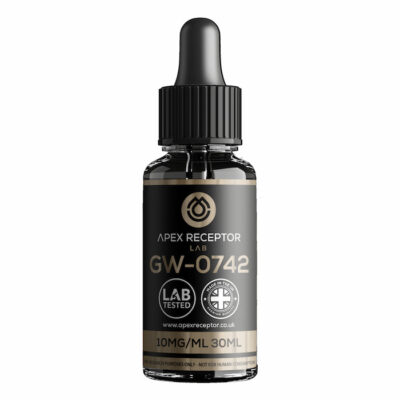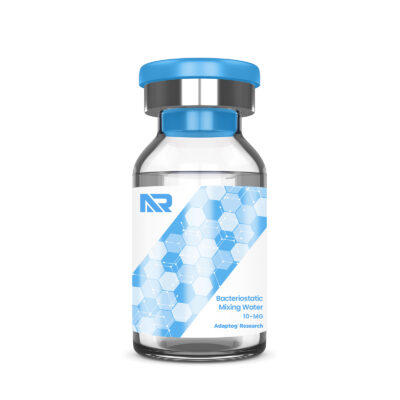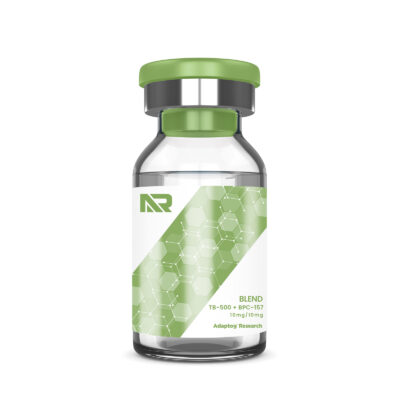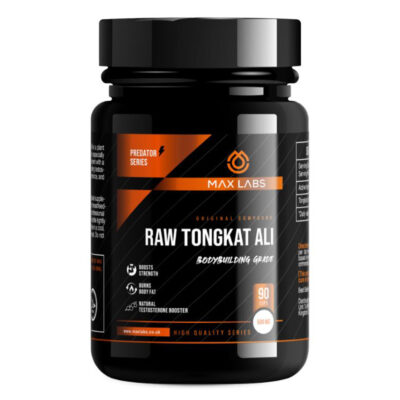Melanotan 2 (MT-II) is part of the tanning peptide family and is already popular among bodybuilders. However, there are some additional benefits of Melanotan 2, which scientists are keen to research further.
Melanotan 2 is a synthetic peptide (a-MSH) and interacts with the melanocortin receptors throughout our body, stimulating physiological responses. We explore the broader benefits of Melanotan 2 below.
Key Benefits of Melanotan 2:
Increased Skin Pigmentation
Melanotan 2 is most known for its ability to stimulate skin pigmentation, doing so through a precise biological pathway that has been identified through extensive research.
MT-II functions primarily by binding to melanocortin-1 receptors (MC1R) located on melanocytes in the skin. Once activated, these receptors trigger a cascade of cellular signalling that ultimately increases the production and release of eumelanin, the dark pigment responsible for tanning.
A Phase I clinical study conducted by Dorr et al. (1996) demonstrated MT-II’s tanning properties in humans. The researchers found that subjects receiving just five low doses of MT-II (0.025 mg/kg) administered subcutaneously every other day experienced measurable increases in skin pigmentation. In just one week after receiving their final dose of Melanotan 2, measurements in the subjects confirmed a quantifiable increase in their skin pigmentation.
This is the same study that discovered MT-II can actually produce skin pigmentation alone, without UV exposure, indicating potential for photoprotective applications. This differs from traditional tanning, which requires UV exposure that damages skin cells before the melanin production is stimulated as a protective response. However, because Melanotan 2 stimulates melanin production, it potentially offers a protective benefit before the damage from UV occurs.
Appetite Suppression:
A 2010 research study by Shrestha et al revealed that MT-II triggers the central melanocortin receptors and causes changes in hypothalamic neural networks that regulate appetite. This results in a series of effects across metabolic pathways that contribute to appetite suppression and potentially an increase in energy expenditure.
Furthermore, a newer 2021 study on the effect of Melanotan 2 on mice showed that when injected, MT-II increased satiety. The researchers continued to summarise their findings by revealing that these effects occurred without affecting metabolic rate, meaning there was a minimal chance of nausea or illness as a side effect.
This selective appetite suppression occurs because MT-II activates specific melanocortin receptors (MC3R/MC4R) in brain regions that regulate satiety signals. When these receptors are stimulated, they promote a feeling of fullness and reduce the drive to consume food.
Long-term studies have shown particularly interesting results. Research published in the Journal of Applied Physiology found that chronic central administration of MT-II produced persistent reductions in body mass in experimental models even after the initial appetite-suppressing effects had diminished. The metabolic effects contribute to body composition changes even after the body has gotten used to the initial appetite suppression.
Improved Libido and Sexual Function
The effects of Melanotan 2 on sexual function represent one of its most thoroughly studied properties, with multiple clinical trials exploring its potential applications for sexual dysfunction.
MT-II activates the melanocortin-4 receptors located in our central nervous system. These receptors are crucial for sexual arousal and sexual function. This is different from the way that the main components found in erectile dysfunction treatments work, as these typically work on the peripheral blood vessels.
A groundbreaking double-blind, placebo-controlled, crossover study published in Urology (2000) examined MT-II’s effects in men with organic erectile dysfunction. The researchers found that MT-II (0.025 mg/kg) initiated subjectively reported erections in 12 of 19 injections versus only 1 of 21 doses of placebo. Importantly, the mean duration of tip rigidity greater than 80% was 45.3 minutes with MT-II versus 1.9 minutes for placebo (P = 0.047).
Potentially, MT-II may become an improved method of treatment for sexual dysfunction, as Melanotan 2 appears to be able to deal with the physical mechanics of sexual dysfunction whilst also improving the psychological aspect of reduced sexual desire. This is an advantage that no existing treatment can provide.
Another clinical study published in the International Journal of Impotence Research confirmed these findings, showing that MT-II was effective in producing erections in men with both psychogenic and organic erectile dysfunction. The study found that 17 out of 20 men reported penile erection from at least one of two injections of MT-II in the absence of visual sexual stimulation. Notably, 68% of subjects reported increased sexual desire with MT-II compared to only 19% with placebo.
While early reports also suggested potential benefits for female sexual dysfunction, comprehensive clinical data in this area remain limited, representing an important direction for future research.
Anti-inflammatory Properties
One of the lesser-known benefits of Melanotan 2 is the anti-inflammatory potential. This represents an emerging area of research interest, with preliminary studies suggesting beneficial effects on inflammatory conditions.
MT-II’s anti-inflammatory properties likely stem from its action on melanocortin receptors (particularly MC1R and MC3R) that are expressed on immune cells, including macrophages and dendritic cells. Activation of these receptors has been shown to modulate the production of pro-inflammatory cytokines and promote anti-inflammatory pathways.
While direct studies of MT-II in fibromyalgia are limited, research on related melanocortin agonists and pathways suggests potential applications. The melanocortin system is known to modulate pain perception and inflammatory responses, which are key components of fibromyalgia pathophysiology.
Recent clinical research has begun exploring the role of melanocortin-related compounds in managing chronic pain conditions.
While most clinical studies investigating fibromyalgia have focused on melatonin rather than melanocortins specifically, the findings are relevant due to the overlapping pathways involved.
Whilst the studies into Melanotan 2’s anti-inflammatory effects are in their infancy, there are considerations that taking MT-II could potentially help improve over chronic and inflammatory conditions such as arthritis, psoriasis, and Crohn’s disease. However, far more studies are required.
Conclusion
Melanotan 2 is a tanning peptide that bodybuilders have long understood the benefits of, and those in bodybuilding circles have used it for years in the build-up to competitions; however, it appears it has far more to offer than tanning. Often in the build-up to shows, the excessive training and ultra-strict diet can negatively affect the sexual function and desire of both men and women. Melanotan 2 appears to be able to help combat that negative effect in men, with more research needed on its effect on sexual desire in women. Additionally, its ability to suppress appetite is an added benefit of Melanotan 2 that bodybuilders in a pre-show, or those in a cut phase, will appreciate.
As with all peptides, further research is needed, and they are often not FDA approved, but the emerging evidence of its anti-inflammatory properties shows that Melanotan 2 has more to offer, and with more studies, we can understand this peptide more.
You can experience the benefits of Melanotan 2 for yourself and purchase it from us HERE.
References:
Novel Emerging Therapies for Erectile Dysfunction – PMC. https://pmc.ncbi.nlm.nih.gov/articles/PMC7752520/
Central nervous system agents in the treatment of erectile dysfunction: how do they work? – PubMed
MC-3 receptor and the inflammatory mechanisms activated in acute myocardial infarct – PubMed







